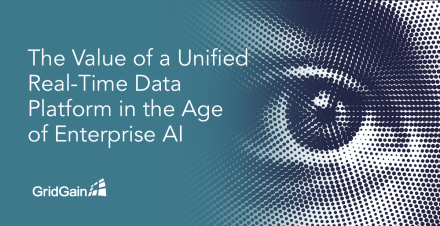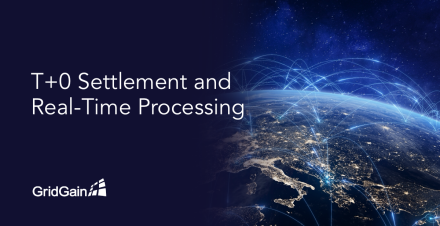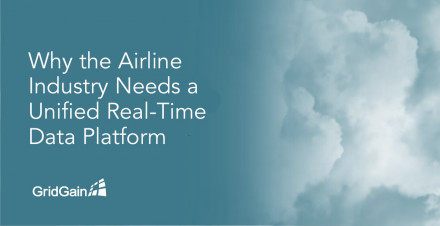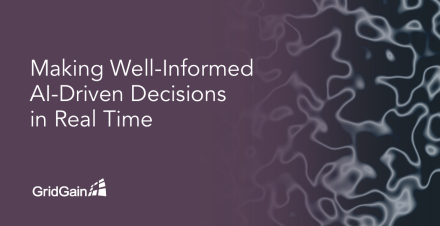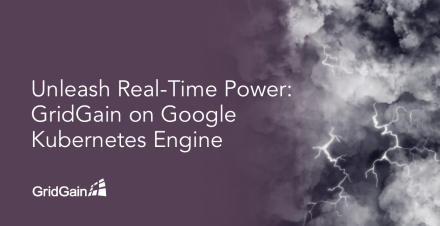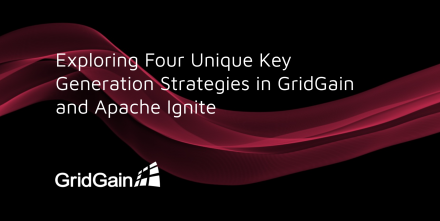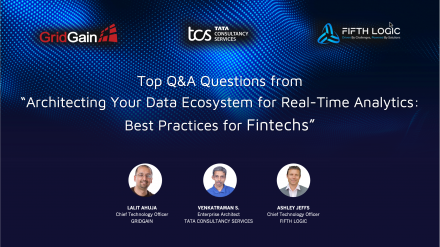GridGain Blog
Securities trading is one of the foundations of the global financial system, having significant impacts on liquidity, economic growth, and risk management. In turn, financial services firms must be able to execute trades instantly because delays of even a few milliseconds can result in lost opportunities for clients. Today, many firms still experience significant trade processing lag when…
All the interest around Enterprise AI has led many businesses to reevaluate their data architectures, as they understand that the true value of AI will be in the ability to drive deeper insights from their data. If businesses want to take full advantage of this transformative moment, they must quickly begin thinking about the ability to access and process all relevant data at ultra-low latencies…
It’s an exciting time in the world of trading. After a long period where transactions would typically settle in two days, we’re rapidly moving to same-day settlement and, in some financial markets, instantaneous settlement. In the capital markets jargon, this is known as T+0.But what is “settlement”, why is this important, and how does reducing the time to settle affect your organization?What is…
I still remember the day I boarded my first flight ever – the idea of crossing such a huge distance in a very short time, the excitement of getting on a plane and getting to look down from the window up in the sky floating over the clouds was heightened by the nervous chill as we went through security and gate checks. In fact, I can safely say that the flight was the best part of my trip. …
Someone one told me that good things come in 3s and, fortunately, that is all it takes to make a well-informed AI-driven decisions in real time as well. The three things we need are:Access to all of the relevant data;Execution of an intelligent model on that relevant data; and finallyDoing all of it in real time.And while it is just these three things and may look to be obvious, as the proverbial…
In a previous article, I discussed redefining the challenge facing companies that want to become data-driven. The way most people think about this problem – and the most commonly proposed solution – is putting all data into a single place, such as a data lake.This strategy has challenges, the biggest of which is that while data lakes make it economical to store data, retrieval, and analysis…
In today's data-driven world, applications need to be lightning-fast. Users crave instant gratification, and businesses require real-time insights to make informed decisions. Traditional databases, while reliable, can struggle to keep pace with the ever-increasing demands of modern applications. Enter GridGain and Google Kubernetes Engine (GKE), a powerful duo that empowers you to build and…
Some databases have a feature where a column can be “auto-incremented.” In this piece, we’ll explain why GridGain and Apache Ignite do not, and what you can do to get equivalent functionality. The naming varies, but the concept is straightforward: the system automatically generates a key for you if there is no unique business key for a table. Typically, this would be a numeric column, and…
We hosted a rich technical conversation around the data challenges faced by Fintechs on our recent webinar, “Architecting Your Data Ecosystem for Real-Time Analytics: Best Practices for Fintechs.” This included many great questions from our audience during the Q&A. Here is a recap of the Q&A, including questions we weren’t able to get to during the live event. What is driving…
As we move through 2023, enterprises will increasingly demand that their data “circulatory system” – data storage, movement, sharing, processing, and analytics – run on an end-to-end microsecond computing ecosystem.In the distant past (25 years ago), latency wasn’t a big topic of conversation. Database analytics was performed in batch mode, often nightly or over weekends, and most users were…



